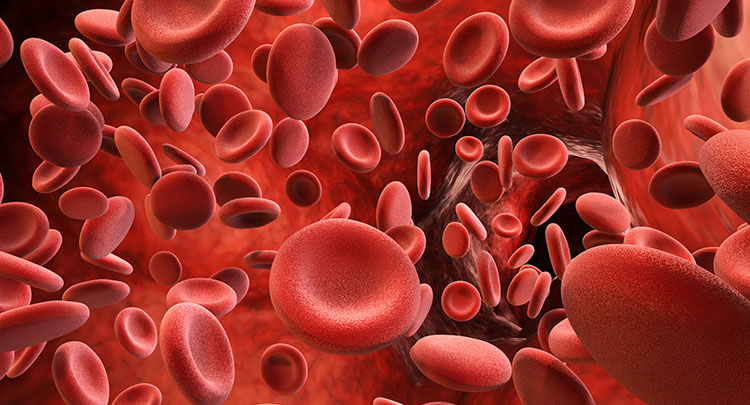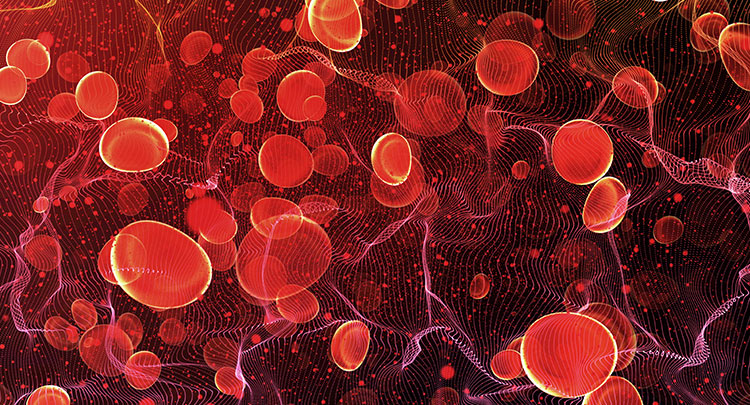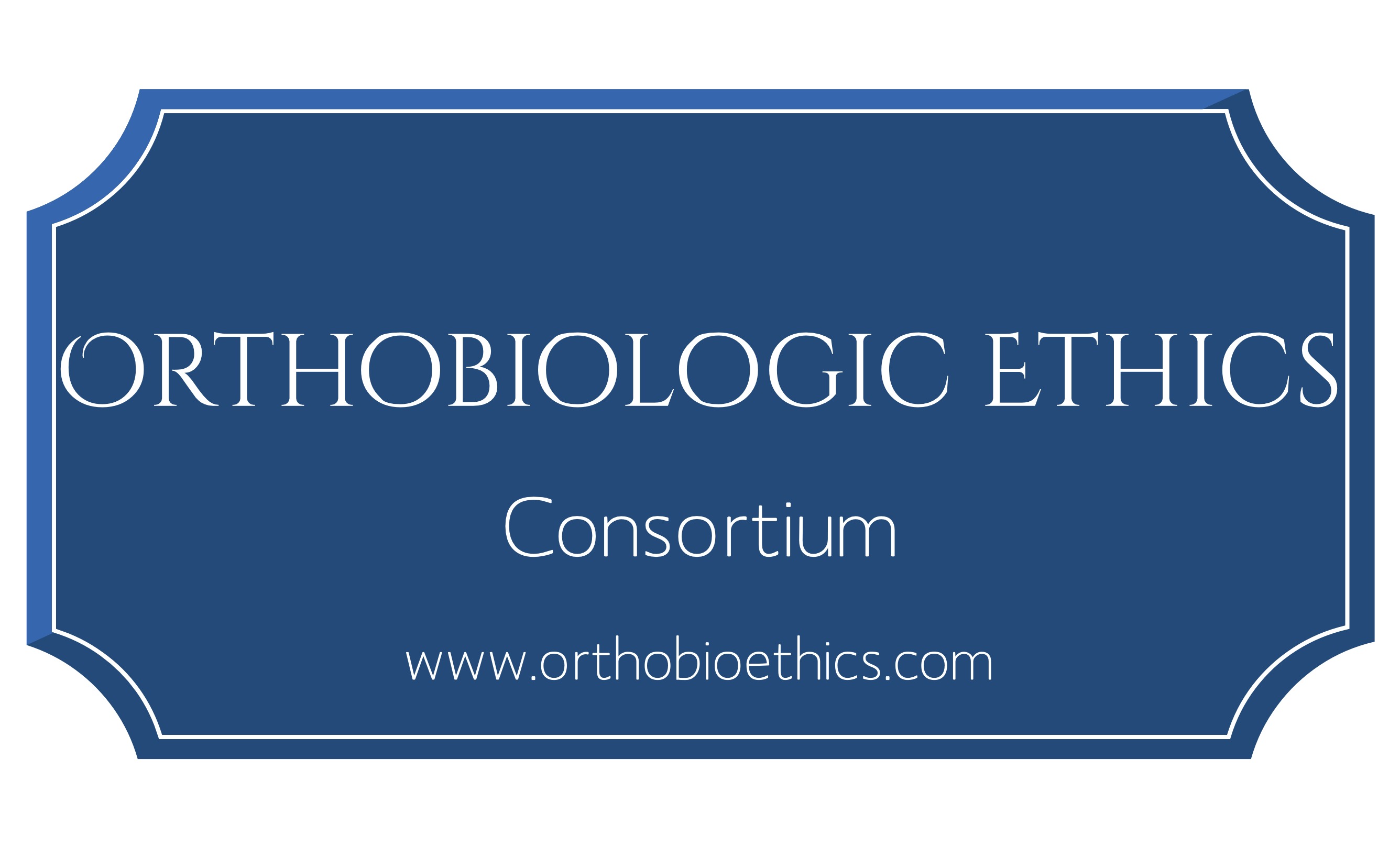
Regenerative medicine is becoming an increasingly popular option as a means to treat a variety of tissue injuries. These injuries can include tissue tears, ligament and tendon strains, osteoarthritis, and others. Therapy options can include stem cells, platelet rich plasma, and others, and one new regenerative medicine technique is known as AmnioFix.
What is AmnioFix?
This treatment option is an allogeneic growth factor treatment composed of tissues that come from the placenta of a mother. This treatment is referred to as allogeneic due to the fact that the tissue being used is donated from another individual.
The tissue is specifically developed from the amniotic sac, which is contained within a woman's uterus during pregnancy. The amniotic sac, or amniotic membrane, serves as the primary barrier that separates the mother and the growing fetus throughout the maturation period.
The amniotic membrane is composed of two main layers: the amnion and the chorion. Both of these layers are packed with various growth factors, cytokines, enzyme inhibitors, and more. The PURION® method is used to process the tissues and develop a matrix composed of the dehydrated membrane. This matrix is collagen based and is in the form of either a thin sheet, wrap, or powder for injection.
How Does It Work?
The material can be injected into damaged tissues using the image guided injection technique. This technique utilizes ultrasound imaging to help ensure the correct placement of the allograft, allowing for optimal benefits after injection.
Each of the various components found in the amnion and chorion layers serve a specific purpose when it comes to tissue healing. The tissue membrane is able to work as both a barrier and a protective layer for damaged tissues.
AmnioFix is also filled with 226 components, including growth factors, cytokines, and enzyme inhibitors. Growth factors are responsible for recruiting additional cells (including stem cells) to be brought to the damaged area. Amniofix functions as a stem cell magnet by recruiting your own stem cells by cellular signaling. These extra cells can help to reduce inflammation and stimulate healing of the damaged tissue.
Cytokines are mainly proteins that are help to regulate the immune system. They can increase cell signaling, allowing the healing response to be better coordinated, more effective, and more efficient. Enzyme inhibitors work to slow down certain processes in the body. One of the most important of these is the creation of fibrous tissue, which is often in the form of scar tissue.
The reduction of scar tissue is one of the major benefits of the AmnioFix product. Scar tissue is dense connective tissue, and it does not contain blood vessels. This makes it difficult for this tissue to heal, and it can limit the ability of surrounding tissues to regenerate. Scar tissue also reduces the strength and flexibility of a healed tissue, making it less functional afterwards.
Is it Safe?
Regenerative medicine therapies have shown a lot of promise for regenerating tendon, ligament, muscle, cartilage, and other tissues in both animal and human trials. However, when using an allogeneic regenerative medicine products, it is critical to know the method of preparation and where the cells are derived from.
MiMedx, a company that manufactures and supplies AmnioFix sheets, and wraps, and injections for use in regenerative medicine, takes precautions to make sure safety issues do not occur. From the very beginning, MiMedx only acquires their tissues from healthy, consenting donors who give birth via Caesarean section and screens these women for infectious diseases. This highly selective screening process reduces the risk of contamination with harmful bacteria.
Another crucial part of the preparation process is to terminally sterilize each matrix sheet. This precaution helps to make sure that all destructive bacteria have been killed, ensuring a safe product each and every time.
AmnioFix is a great treatment option for a variety of different injuries, and it is a great way to attract stem cells and their regenerative capacity. This tissue graft that is generated from the amniotic membrane contains a number of components that are key players in the tissue healing process. It can be easily and accurately placed in any location in the body, making it a great overall treatment option.






